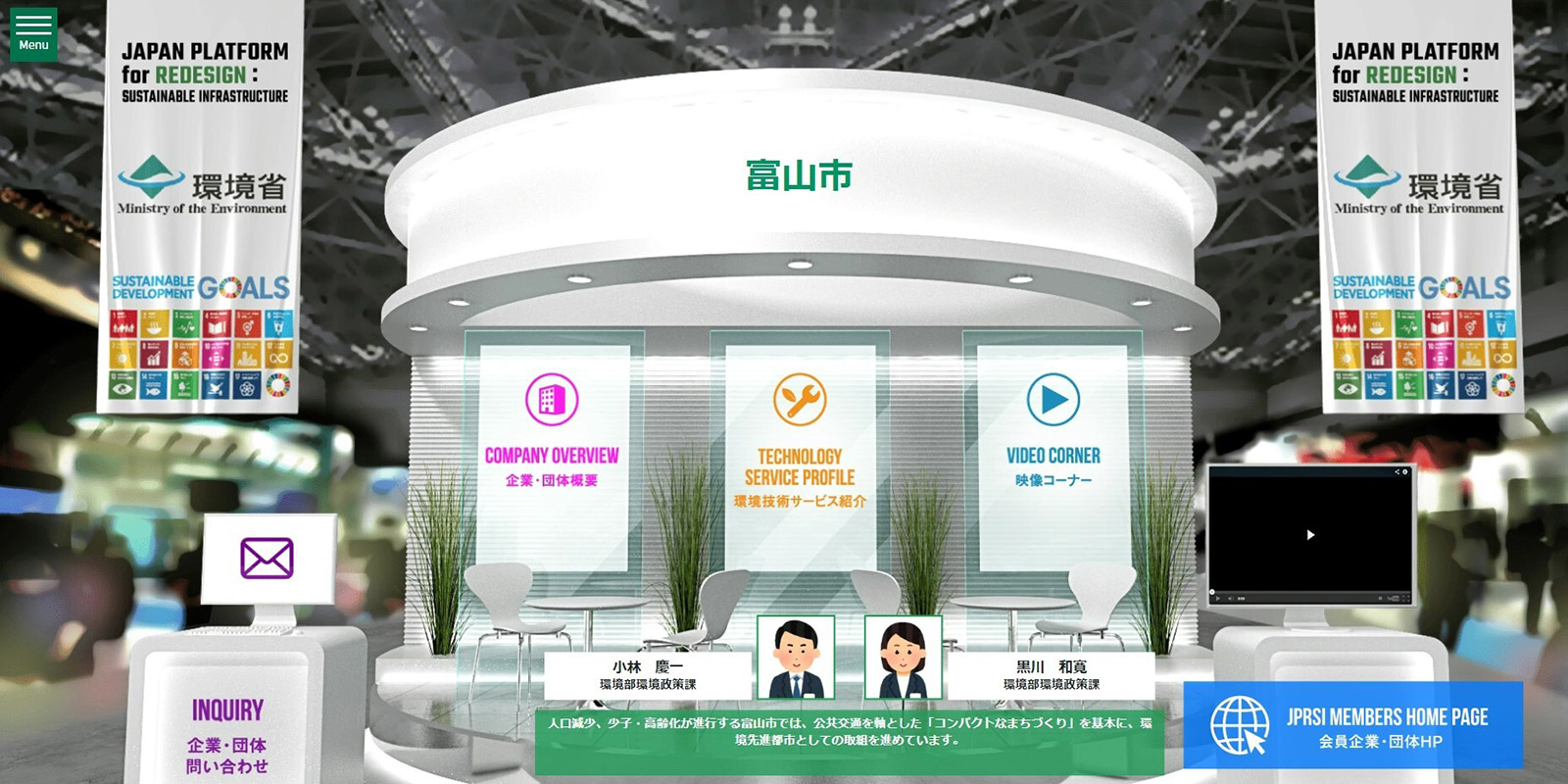Inspiration nation
Unlock previews the world-changing innovations that will be on show at Japan’s pavilion at the upcoming COP27 conference
The conference will be the latest in a long line of global gatherings aimed at addressing the climate crisis
Representatives of the world’s governments, along with tens of thousands of other delegates, NGO observers, and members of the media, will be descending on the Egyptian town of Sharm El Sheikh in November for the 27th UN Climate Change Conference. Better known as COP27, the conference will be the latest in a long line of global gatherings aimed at addressing the climate crisis, and attendees are under pressure to put forward and agree on meaningful measures for saving our warming planet.
But the COP is more than a place for negotiating emission reductions. The mega-conference offers an opportunity for countries, companies, and other organizations to showcase their technological and policy achievements in everything from energy production to emissions-free vehicles. It’s an environmental trade show like no other, where many governments set up World’s Fair-style pavilions complete with exhibitions and event programs.
The conference will be the latest in a long line of global gatherings aimed at addressing the climate crisis
Japan has long counted among the most proactive COP participants and will also have a visible presence in Sharm El Sheikh. The COP27 Japan Pavilion will feature Japanese companies’ products and solutions related to climate change mitigation, adaptation, and CO2 utilization, along with a series of seminars. Visitors will be able to view ten on-site exhibits, which will be complemented by 20 online displays accessible from anywhere in the world. These are some of the groundbreaking technologies set to be exhibited at the Japan Pavilion.
 Nasa
Nasa
The interiors of buildings coated with Spacecool can be expected to stay comfortably crisp even at the height of summer
Spacecool
Developed by a Tokyo-based company of the same name, Spacecool is a film-like material that uses radiative cooling technology to mitigate heat without the use of electricity, achieving a cooling effect of up to six degrees Celsius. The interiors of buildings and vehicles coated with Spacecool can be expected to stay comfortably crisp even at the height of summer, and the material can also be used on containers such as propane cylinders and gas storage tanks to prevent their contents from overheating. In the future, shorts, T-shirts, and parasols may well feature a layer of Spacecool, too.
The interiors of buildings coated with Spacecool can be expected to stay comfortably crisp even at the height of summer
T-eConcrete/Carbon-Recycle
Unlike regular concrete that’s a mixture of cement, sand, and water, T-eConcrete/Carbon-Recycle uses calcium carbonate—a material produced by combining calcium with CO2 captured from exhaust gases—as its main ingredient. Manufacturing T-eConcrete absorbs more CO2 from the atmosphere than the amount emitted during the process, making the Taisei Corporation’s invention a carbon-negative product.
 Japan’s online pavilion means you won’t need to be at COP27 to discover the technologies on display
Japan’s online pavilion means you won’t need to be at COP27 to discover the technologies on display
Plastic Into Gas and Hydrogen
Engineering company JGC Holdings Co. has devised a process for converting waste plastics into a synthetic gas that can be used in the manufacture of chemical products such as methanol, ammonia, and propylene. The same method also allows for the production of hydrogen, making it both a promising solution for the reduction of plastic waste and a potential path toward a cleaner energy system.
Hydrogen Hybrid Train
Hitachi’s train of the future runs on fuel cells and electricity stored in onboard batteries. The fuel cells generate electricity when the hydrogen in them reacts with oxygen in the air. This electricity is then stored in the batteries, which also recharge when the train brakes. An optimally efficient mix of hydrogen power and electricity is supplied to the train’s hybrid engine at all times, minimizing energy use.
Hitachi’s train of the future runs on fuel cells and electricity stored in onboard batteries